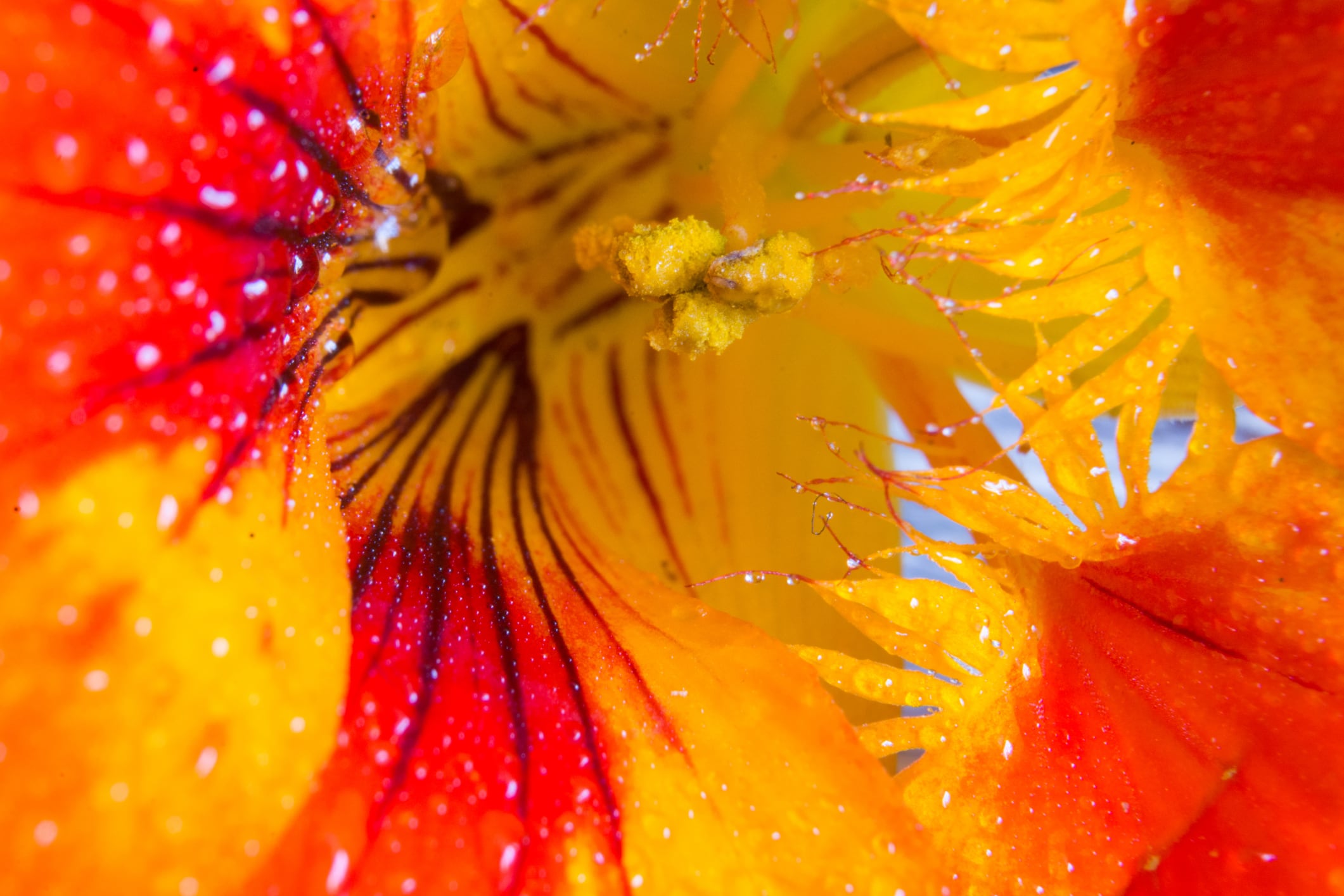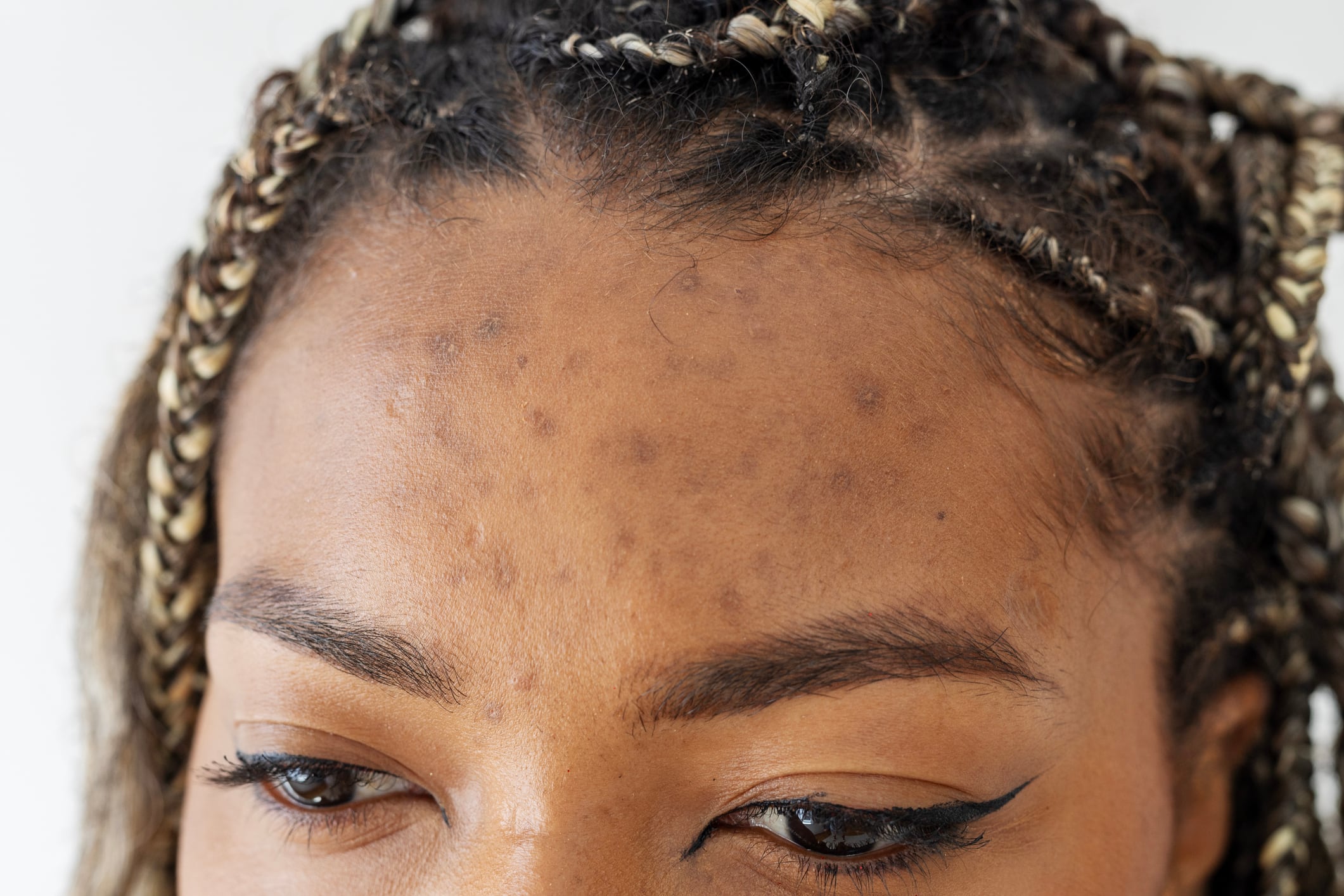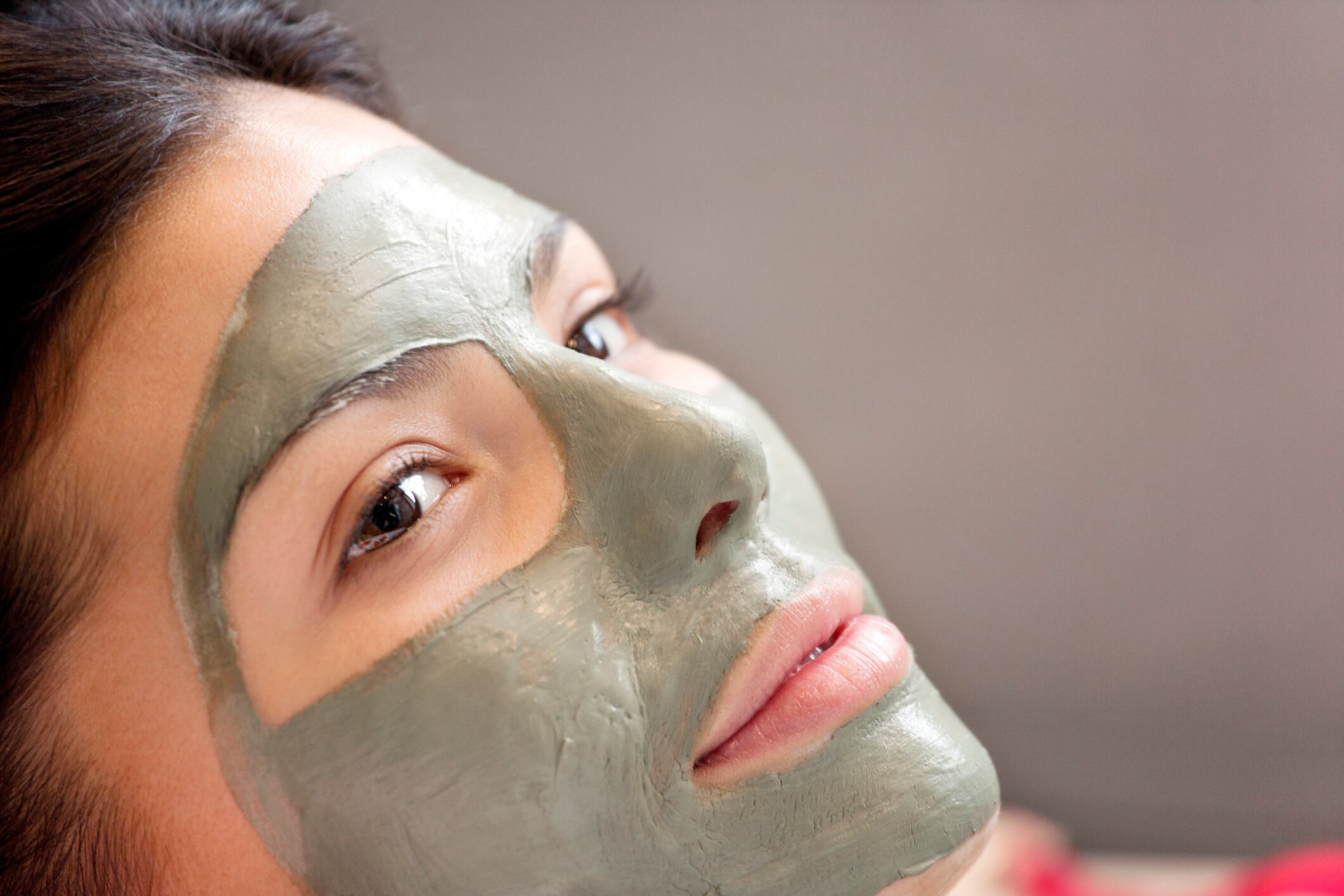A recent study published in the scientific journal Cosmetics suggests that an extract from Tropaeolum majus, better known as nasturtium, could help slow signs of skin aging by supporting the skin’s ability to manage stress and energy at the cellular level. Researchers linked the extract’s effects to a boost in cytoglobin (CYGB), a lesser-known oxygen-binding protein found in skin cells.
The research was carried out by teams from Stanford University, Kyoto University, the Buck Institute for Research on Aging, and LVMH Recherche, with support from SILAB. It was internally funded through LVMH Recherche and Dior Science.
For cosmetic product developers and ingredient suppliers, the research offers early evidence for a multifunctional plant extract that could support smoother, firmer-looking skin.
Cytoglobin: A quiet powerhouse in skin protection
In lab tests, scientists treated human skin cells, specifically fibroblasts and keratinocytes, with a 0.5% solution of the nasturtium extract. The treatment increased levels of cytoglobin, which in turn seemed to help cells handle oxidative stress more effectively.
“The overexpression of CYGB in dermal fibroblasts was associated with a decrease in cytosolic and mitochondrial ROS concentration,” the researchers wrote. ROS, or reactive oxygen species, are unstable molecules that accumulate with age and contribute to skin dullness, wrinkles, and texture loss.
Beyond this, the data showed “that the extract stimulated the synthesis of collagen and elastin,” which are two key proteins responsible for maintaining skin’s firmness and elasticity.
Support for skin renewal and cellular aging markers
The extract also appeared to influence gene activity related to how skin renews itself. Some genes tied to terminal skin cell differentiation were dialed down, suggesting the extract might help maintain a healthier skin turnover cycle.
The study also showed reduced levels of a gene called GDF15, often associated with cellular aging and stress. “GDF15, a marker of aging and senescence, was downregulated by the treatment,” the researchers reported, pointing to a potential anti-aging signal.
Immune system link: Natural killer cell activity increased
One of the more surprising findings was an increase in natural killer (NK) cell activity. These immune cells play a role in clearing damaged or aging cells from tissues. Since NK cells rely on oxygen to function well, the researchers believe the cytoglobin boost may help restore their activity in aging skin.
“Our data also indicated that the extract stimulated the activity of NK cells,” the authors wrote. While more research is needed, this could hint at a new way to address senescent cell buildup in aging skin.
Why this matters for beauty and personal care R&D
The research points to T. majus extract as a potential botanical active that works on multiple fronts: reducing oxidative stress, improving mitochondrial energy production, supporting collagen and elastin synthesis, and possibly aiding immune-driven cell renewal.
While the results come from in vitro work, the implications are notable. The researchers emphasized the need for further studies, including trials in aged cells and finished formulations. “In a follow-up study, it will be of significant interest to further evaluate the effect of CYGB overexpression in aged cells,” they wrote.
Source: Cosmetics, 2025, 12, 230. doi: 10.3390/cosmetics12050230, “Stimulation of Cytoglobin Expression and Improvement in ROS-Related Aging Markers in Skin Cells with Tropaeolum majus Extract." Authors: A. Cipriano, et al.





